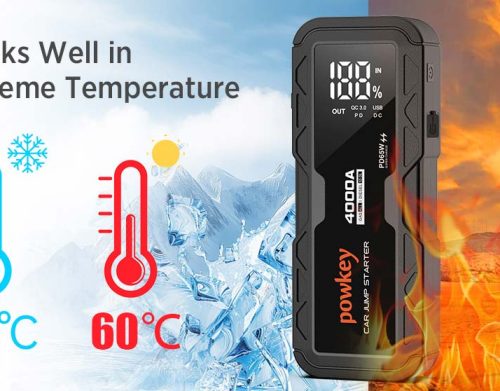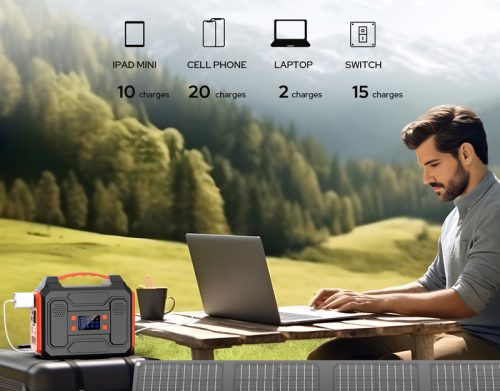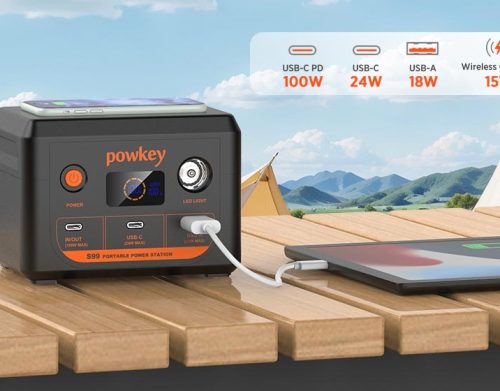Household energy storage equipment is to store electrical energy and use it when needed – also known as electric energy storage products or “battery energy storage system” (BESS), hereinafter referred to as home storage. The core component of home storage is a rechargeable battery, usually a lithium-ion battery or a lead-acid battery. The other components are inverters, a control system that can intelligently control charging and discharging.
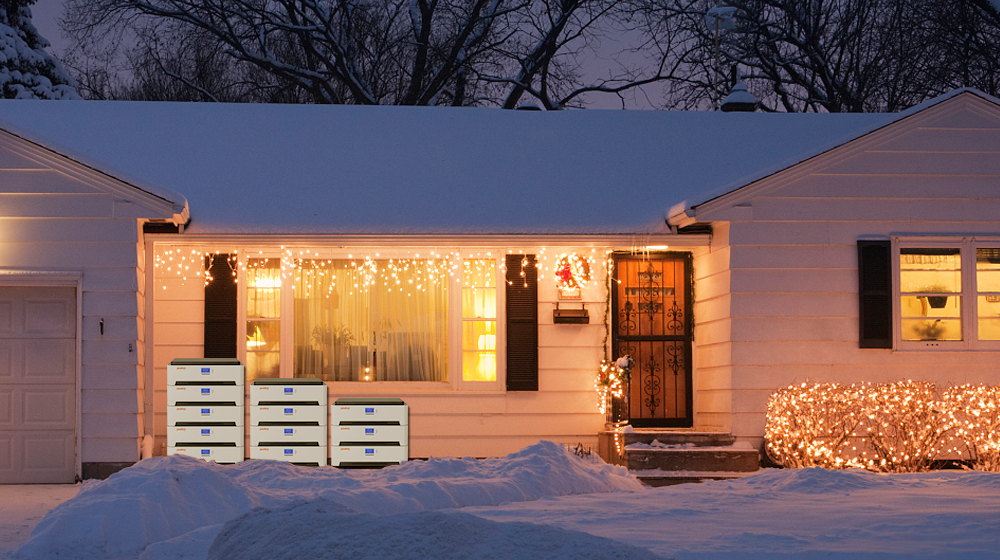
As energy storage enters ordinary households, we can realize the concept of distributed power generation, ease the power transmission pressure of the grid, and reduce the use of fossil fuels, which is a necessary decentralization measure to achieve carbon neutrality or zero neutrality.
How to Configure a Home Energy Storage
In the household energy storage system, the main components are components, energy storage machines, and batteries; the form in the above picture is to set the energy storage in the garage for use by our electric vehicles.
Recommended system configuration:
Single-phase energy storage system: 5kW+10kWh;
Three-phase energy storage system: 10kW+10~20kWh.
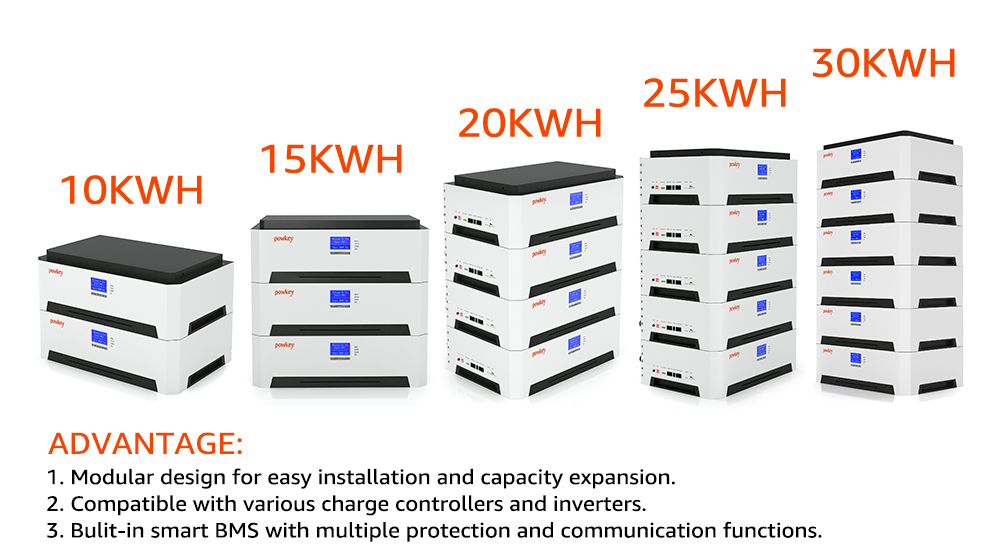
Energy storage battery introduction
It is recommended that you use lithium batteries for the battery, and it is compatible with many battery brands. Customers must first confirm whether they are using compatible battery brands before purchasing the machine.
Lithium batteries are made of lithium metal or lithium alloy as the negative electrode material and use non-aqueous electrolyte solutions. They have many advantages such as high energy, long service life, and light weight. They are widely used in energy storage power systems such as hydraulic, thermal, wind, and solar power stations. .
Lithium iron phosphate (LFP) battery;
Ternary lithium battery (NCM/NCA) battery;
Lithium cobalt oxide (LCO) battery;
Other lithium batteries, such as lithium manganese oxide, lithium titanate battery, etc.
How to configure the battery capacity
The load should be considered in the selection of the battery, whether it is used every day or for backup; if the battery capacity is too large, there will be waste, and if the stored power is used up, the battery will not be fully charged.
Powkey energy storage equipment manufacturers also provide customers with different battery capacity options through various forms. Such as stacking installation, modular all-in-one machine, multi-power/energy collocation of one-in-one product and other forms of free energy matching schemes.
So, in the household energy storage scenario, how to select the best battery capacity solution in the fastest and most direct way?
Scenario 1: When electricity prices are high or photovoltaic grid-connected subsidies are low (no subsidies), install photovoltaic energy storage systems to reduce electricity bills.
For example, if a family is equipped with a 5kW photovoltaic system, the daily power generation is about 17.5kWh. The average daily electricity consumption of a household is about 20kWh, of which the average daily electricity consumption is 5kWh during the day and 15kWh at night. Then, the effective power of the battery should be approximately equal to 17.5-5=12.5kWh, and this also meets the condition of not exceeding the nighttime power consumption (12.5kWh≤15kWh). Therefore, the best available battery for this family is 12.5kWh.

Scenario 2: The battery is charged during the day when the electricity price is low, and the battery is discharged during the night when the electricity price is peak, so as to reduce the overall electricity bill.
For example, if a family is equipped with a 5kW photovoltaic system, the average daily electricity consumption is about 20kWh, and the electricity consumption at night (assuming that the electricity price peak and valley period is 17:00-22:00 for a total of 5 hours) is 15kWh. Assuming that according to the calculation, the effective capacity of the battery covers 2/3 of the family’s nighttime electricity consumption, which is the best investment income point.
Then, the effective power of the battery should be approximately equal to 15*2/3=10kWh. At this time, the battery is about 10kWh/5kW=2h, which is less than or equal to 5h of nighttime power consumption. Therefore, the best available battery for this family is 10kWh.
Scenario 3: As a backup power source in areas with unstable power grids
Taking an important commercial place as an example, the important load is 10 cabinets in the data center, and the power consumption of each cabinet is 3kW. The expected maximum outage time is about 4 hours. According to calculations, the effective battery capacity of this project should be 103kW4h=120kWh. Therefore, the effective power of the battery for this industrial and commercial project is best to be equipped with 120kWh.
The above three situations are the most common requirements for installing grid-connected energy storage systems, and there are rules to follow when selecting battery capacity. However, in practical applications, there may be a situation where two or more requirements are superimposed, which requires us to analyze in detail according to the requirements, and finally sort out the best matching capacity of the battery.
In addition, what we mentioned in the above analysis is the effective power of the battery, but the actual selection of the battery also needs to consider the impact load of the load, the DOD (depth of discharge) of the battery, the loss of system efficiency, the performance of the energy storage device, and the expected return on investment. And many other situations.
Therefore, when choosing battery capacity, it is necessary to consider the power of the whole family or usage scenarios as an overall system, and it is also particularly important to choose the best equipment and system integration suppliers.

